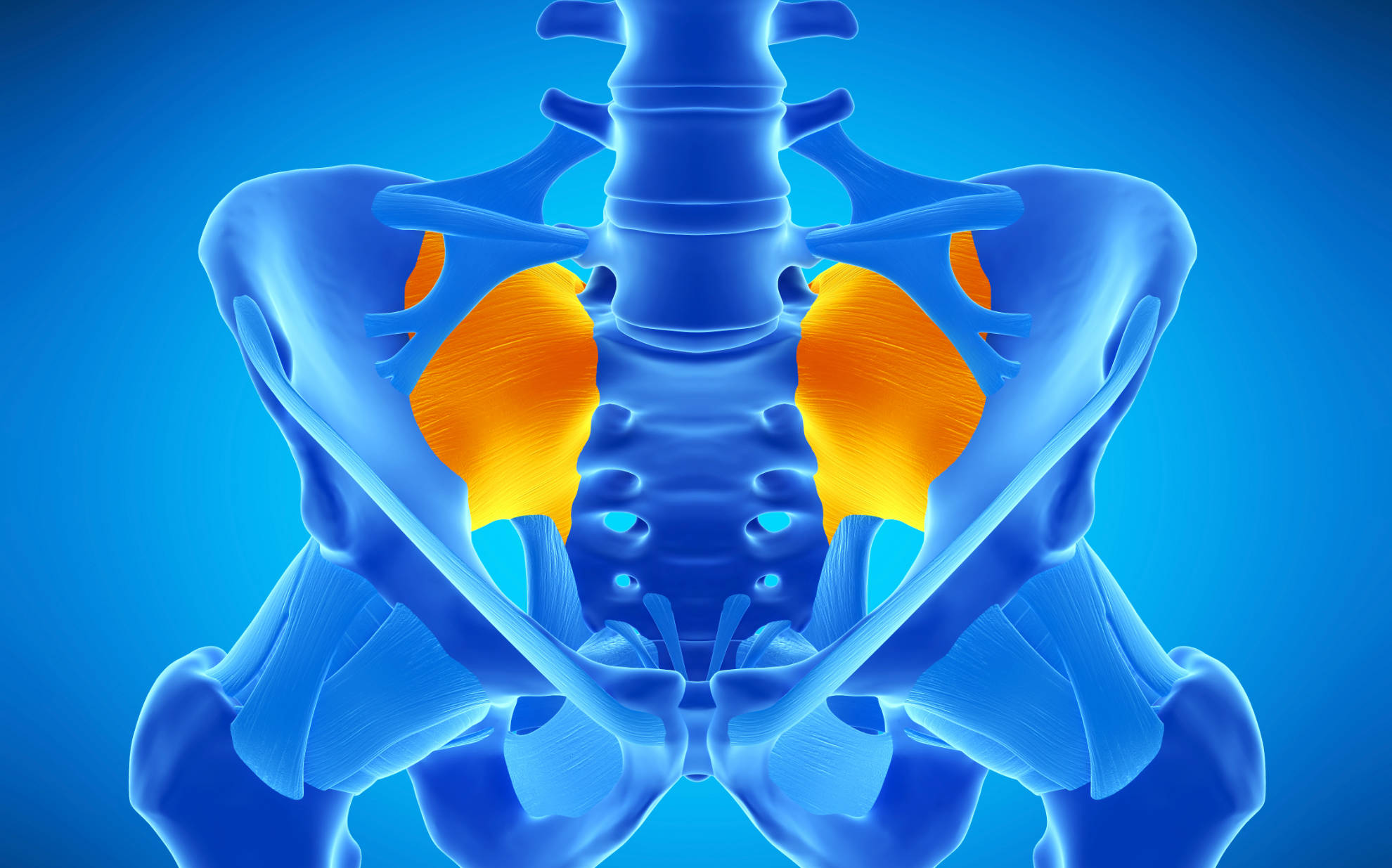Sacroiliac Dysfunction
![]() Also known as sacroiliac joint syndrome, sacroiliac dysfunction is a condition that refers to any pain that is in the buttocks, lower back, or adjacent leg. While almost anyone can develop sacroiliac dysfunction, women who have had children are at risk for the condition as their SI joints can result in discomfort from the stress of carrying a baby. In order to properly diagnose the condition, a provider may perform the following tests: distraction test, compression test, x-rays, and CT scans. A patient’s physical exam, symptoms, and medical history may also be used during the assessment.
Also known as sacroiliac joint syndrome, sacroiliac dysfunction is a condition that refers to any pain that is in the buttocks, lower back, or adjacent leg. While almost anyone can develop sacroiliac dysfunction, women who have had children are at risk for the condition as their SI joints can result in discomfort from the stress of carrying a baby. In order to properly diagnose the condition, a provider may perform the following tests: distraction test, compression test, x-rays, and CT scans. A patient’s physical exam, symptoms, and medical history may also be used during the assessment.
Causes
The two primary risk factors of sacroiliac dysfunction are severe injuries and sacrum bone abnormalities.
- Severe Injuries: Substantial injuries from a motor cycle accident, a blow to the side of the pelvis, or a direct fall on the buttocks can cause degenerative arthritis of the SI joints. The impact from these severe injuries may strain the ligaments around the joint and eventually tear them apart. When these ligaments tear, there will be too much joint movement. This excessive motion may result in degenerative arthritis in the joint or sacroiliac dysfunction.
- Sacrum Bone Abnormalities: Sacroiliac dysfunction can also be caused by abnormality of the sacrum bone. Some people have bones that never fused together, which ultimately created a SI joint that is malformed. People with sacrum bone abnormalities are more prone to develop problems with their SI joints.
Symptoms
Since sacroiliac dysfunction is often mistaken for back and pelvic pain, symptoms of the condition are often hard to distinguish from other types of pain. The most common symptoms include:
- Buttock pain
- Thigh pain
- Lower back pain
- Sitting problems
Treatments
![]() Conservative therapies are the most common treatment options for improving symptoms of sacroiliac dysfunction.
Conservative therapies are the most common treatment options for improving symptoms of sacroiliac dysfunction.
- SI Joint Injections: Your doctor may suggest that patients receive SI joint injections to reduce the pain that is caused by irritated sacroiliac joints. Cortisone may also be added to this injection to calm the arthritis inside the joint. In most cases, the symptoms usually subside only temporarily, but some patients may experience pain relief for several months.
- Physiotherapy: The primary goals of this type of therapy are to learn techniques to control the symptoms, obtain optimal body movement, and learn correct postures. In addition to hand-on techniques such as massage, a trained therapist may also implement specific exercises to strengthen SI joint mobility and function. As a well-rounded rehabilitation program, physiotherapy can be used to relieve symptoms of pain and inflammation.
- Chiropractic: This alternative healthcare approach may be used to treat muscle and joint problems that are caused by traumatic injuries. Chiropractic treatment may consist of mobilization and stabilization exercises to improve joint movement and posture.
When conservative therapies are unsuccessful, surgical treatment may then be heavily considered.
Contact Allied Pain & Spine Institute today to schedule a consultation with one of our pain management specialists.

